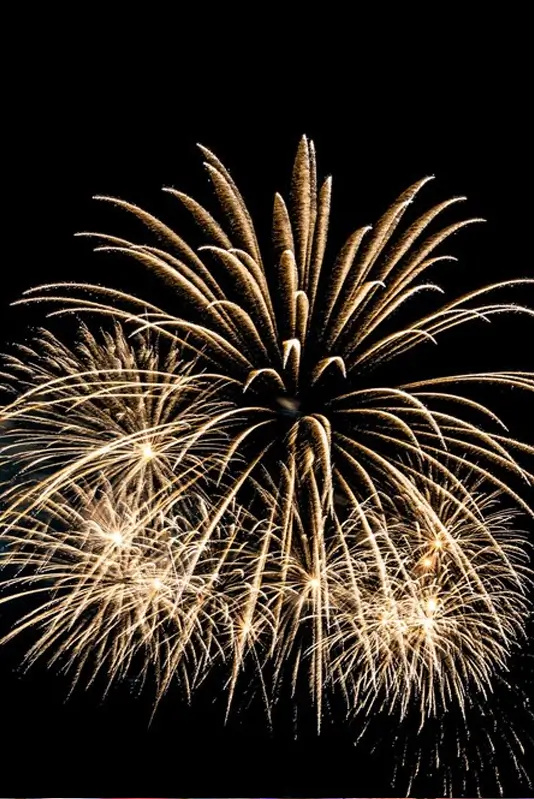
बारात (Baraat)
दूल्हा घोड़े या सजी हुई गाड़ी पर सवार होकर शादी स्थल पर पहुँचता है। यह जुलूस संगीत और नृत्य के साथ होता है।
The groom’s procession to the wedding venue, often on a decorated horse or car, accompanied by music and dancing.
मिलनी (Milni)
दोनों परिवारों के पुरुष सदस्य एक-दूसरे से मिलते हैं और आशीर्वाद देते हैं।
A formal introduction of the families, where male members from both sides greet each other.


जयमाला/वरमाला (Jaimala/Varmala)
वर और वधू एक–दूसरे को फूलों की माला पहनाते हैं, जो एक–दूसरे को स्वीकार करने का प्रतीक है।
The exchange of flower garlands between the bride and groom, symbolizing their acceptance of each other.
कन्यादान (Kanyadaan)
दुल्हन के माता-पिता उसे दूल्हे को सौंपते हैं, जो जिम्मेदारी के हस्तांतरण का प्रतीक है।
The bride’s parents formally give her away to the groom, symbolizing the transfer of responsibility


फेरे (Pheras)
वर और वधू अग्नि (पवित्र अग्नि) के चारों ओर सात फेरे लेते हैं, जो उनके जीवनभर के वचनों का प्रतीक है।
The couple takes seven sacred vows around the holy fire (Agni), representing their lifelong commitment
सिंदूर और मंगलसूत्र (Sindoor and Mangalsutra)
दूल्हा दुल्हन की मांग में सिंदूर भरता है और उसके गले में मंगलसूत्र बाँधता है, जो उसके विवाहित होने का प्रतीक है।
The groom applies sindoor (vermilion) on the bride’s hairline and ties the mangalsutra (sacred necklace) around her neck, symbolizing her marital status

सप्तपदी (Saptapadi)
वर और वधू साथ में सात कदम चलते हैं, जिनमें से हर कदम एक वचन का प्रतीक होता है।
The seven steps taken together, each step representing a vow for a happy married life

आशीर्वाद (Aashirwad)
बड़े–बुजुर्ग वर और वधू को आशीर्वाद देते हैं, और मेहमान उन पर फूल और चावल बरसाते हैं।
Elders bless the couple, and guests shower them with flowers and rice

विदाई (Vidaai)
दुल्हन अपने परिवार को विदा करती है और दूल्हे के साथ अपने नए घर के लिए रवाना होती है। यह एक भावुक पल होता है।
The bride bids farewell to her family as she leaves for her new home with the groom. It’s an emotional moment

गृह प्रवेश (Griha Pravesh)
दुल्हन को नए घर में स्वागत किया जाता है। वह सिंदूर और चावल से भरी थाली में पैर रखकर घर में प्रवेश करती है।
The bride is welcomed into her new home with traditional rituals, such as stepping into a tray of vermilion and rice

रिसेप्शन (Reception)
दूल्हे के परिवार द्वारा आयोजित एक भव्य समारोह, जहाँ दुल्हन को समुदाय से परिचित कराया जाता है।
A grand celebration hosted by the groom’s family to introduce the bride to their community

मुंह दिखाई (Mooh Dikhai)
दुल्हन अपना चेहरा दूल्हे के परिवार को दिखाती है, और वे उसे उपहार या धन देते हैं।
A playful ritual where the bride reveals her face to the groom’s family, and they gift her money or jewelry

पग फेरा (Pag Phera)
शादी के कुछ दिनों बाद दुल्हन अपने मायके जाती है, जो उसके परिवार के साथ जुड़ाव का प्रतीक है।
The bride visits her parental home a few days after the wedding, symbolizing her continued connection to her family

कार्यक्रम
ये रस्में और कार्यक्रम भारतीय शादियों का मुख्य आधार हैं। हर रस्म का अपना एक गहरा सांस्कृतिक और आध्यात्मिक महत्व होता है, जो भारतीय शादियों को एक जीवंत और अर्थपूर्ण उत्सव बनाता है।
These rituals may vary slightly depending on the region (North, South, East, West) and religion (Hindu, Muslim, Sikh, Christian, etc.), but they form the core of an Indian wedding. Each ritual holds deep cultural and spiritual significance, making Indian weddings a vibrant and meaningful celebration.

